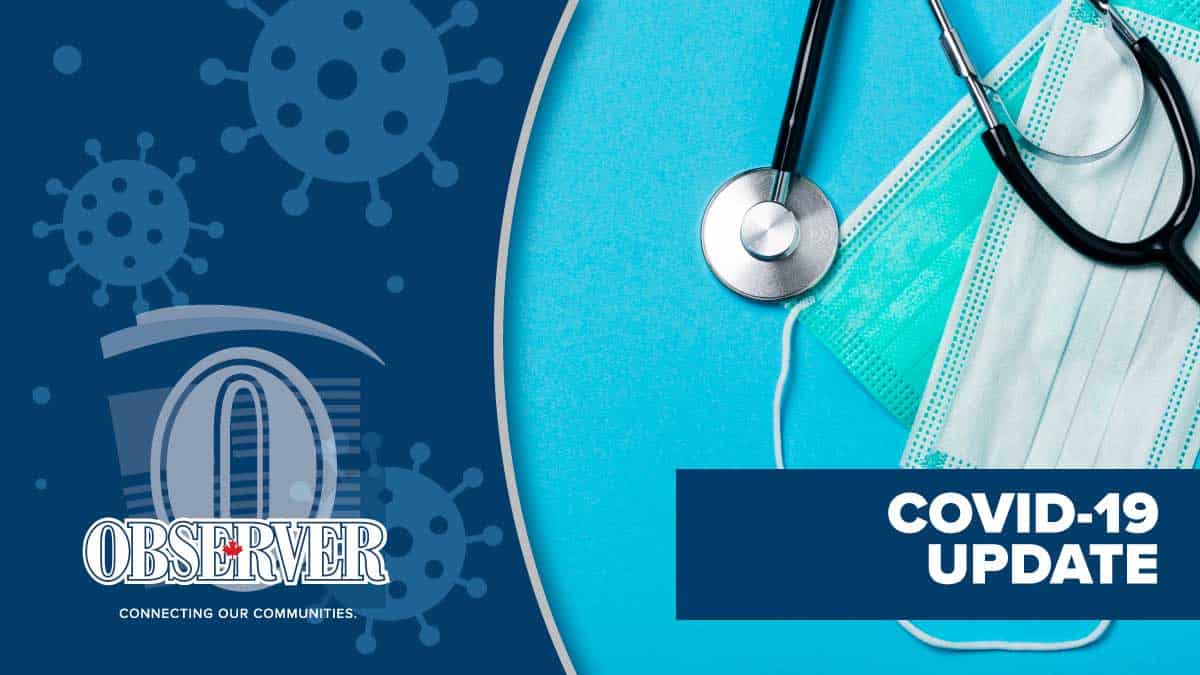Professor Zahid Butt of the University of Waterloo’s School of Public Health and Health Systems answers common questions about face masks including who should be wearing them, and when.
What is the difference between regular face masks and N95 masks?
Surgical masks are often referred to as face masks, but not all face masks are regulated as surgical masks. They are loose-fitting and do not provide the wearer with protection from inhaling smaller airborne particles. In addition, leakage occurs around the edge of the mask when the user inhales.
N95 (respirator) masks are intended to minimize a wearer’s exposure to particles, including small particle aerosols and large droplets. They are tight-fitting and filter out at least 95 per cent of airborne particles, including large and small particles. When properly fitted and worn, minimal leakage occurs around edges of the respirator when the user inhales.
Canada’s Public Health guidelines say that healthy people don’t need to wear surgical masks, but the Centers for Disease Control and Prevention in the U.S. are considering this action – what does the science say?
Currently, there is an ongoing debate about whether healthy people need to wear surgical masks. According to WHO “If you are healthy, you only need to wear a mask if you are taking care of a person with suspected 2019-nCoV infection.” This is similar to Canada’s Public Health guidelines. The US CDC is considering reviewing its policy which may advise healthy people to wear surgical masks. This is based on the fact that there are people that may not have any symptoms but can contribute to transmission. Therefore, the rationale behind this thinking is that these asymptomatic carriers will not be able to transmit the virus if they are wearing masks. In such a scenario, if everyone wears a mask, individuals protect one another, reducing overall community transmission.
However, such recommendations need careful consideration as they could cause even worse shortages of N95 and other medical or surgical masks for health care workers, who need them most.
What does the science say when it comes to wearing a cloth mask if you are not showing symptoms?
Cloth masks can be worn if it is not possible to practice ‘physical distancing’ of two metres, for example, in public transit or places where it is not possible to maintain this distance (grocery stores or pharmacies).
Cloth masks are now the current recommendation of both the U.S. CDC and of Canada’s Chief Public Health Officer.
These masks can act as a barrier to prevent a person from spreading droplets to others, especially if the wearer exhibits no symptoms of the virus (asymptomatic carriers). However, cloth masks are not as effective as surgical or N95 masks and do not provide any protection from the virus for the person who is wearing them.
In addition, wearing cloth masks are not a replacement for other preventive measures, such as frequent handwashing and physical distancing.
How many times can a mask be worn by an individual before it needs to be replaced?
Face masks are not meant to be used more than once. If the face mask is damaged or soiled, or if breathing through the mask becomes difficult, the face mask should be removed and discarded.
N95 masks are also ‘single use’ and should be discarded after each use. The mask should also be discarded when it becomes damaged or deformed, no longer forms an effective seal to the face, becomes wet or visibly dirty, if breathing becomes difficult, or if it becomes contaminated with blood, respiratory or nasal secretions, or other bodily fluids.









